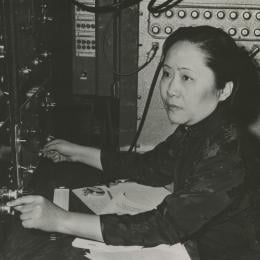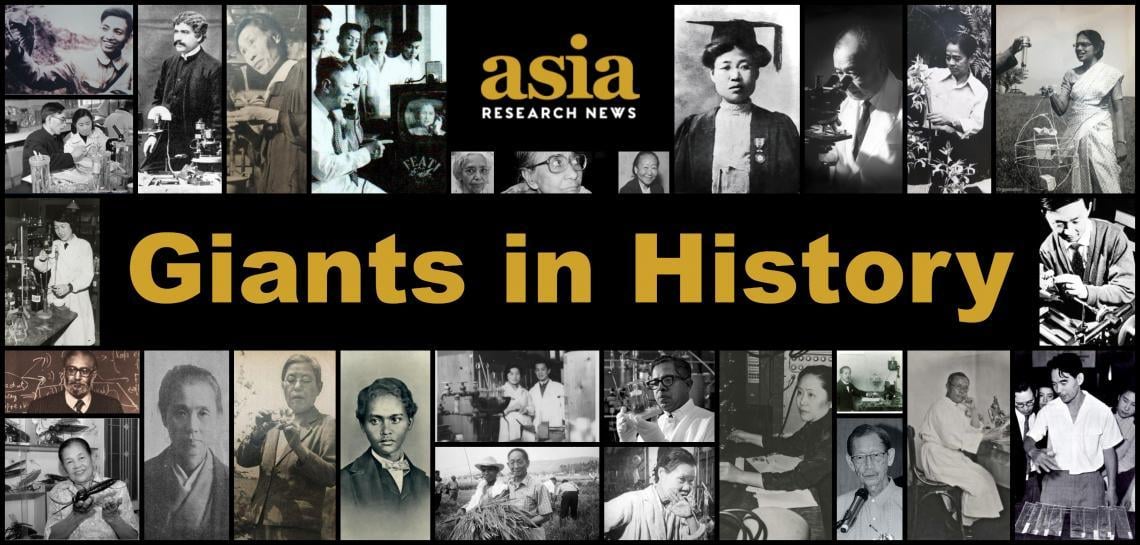‘Mr. Tornado’ creates the Fujita scale
Tetsuya Theodore Fujita (23 October 1920 - 19 November 1998)

Tetsuya Theodore Fujita (23 October 1920 – 19 November 1998) was a Japanese-American meteorologist who created the Fujita scale that classifies the strength of tornadoes based on damage to structures and vegetation. He was also the first to study and discover downbursts and microbursts – powerful winds that descend from thunderstorms – that can cause aircraft to crash. Examining the patterns of destruction caused by tornadoes, Fujita discovered that a tornado is made of several small swirling vortices, overturning the belief that tornadoes are single entities. Using this knowledge, Fujita was able to map the path of tornadoes with intricate detail before satellite and radar stations were commonplace. His detailed understanding of tornadoes enabled him to map the paths of two powerful tornadoes that hit Lubbock, Texas on 11 May 1970. For his contributions to tornado research, Fujita was nicknamed “Mr. Tornado.” A scientist to the end, Fujita continued to work on his research despite his poor health in later years. Fujita was awarded NASA's Public Service Medal in 1979 and France's National Academy of Air and Space Vermeil Gold Medal in 1989, in recognition of his contributions to meteorology. He was also awarded the Order of the Sacred Treasure (Gold and Silver Star) from Japan for significant contribution to state and society.






